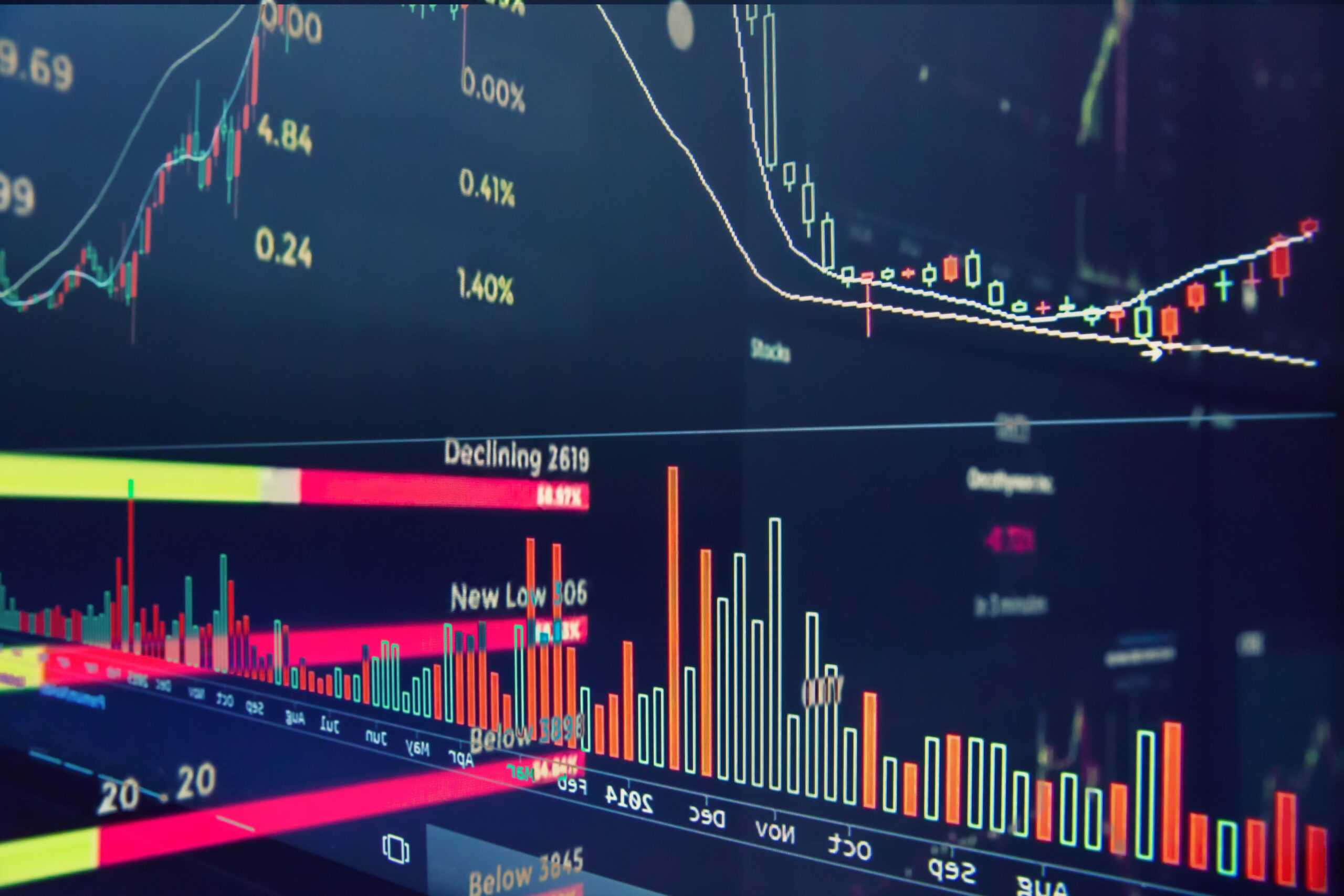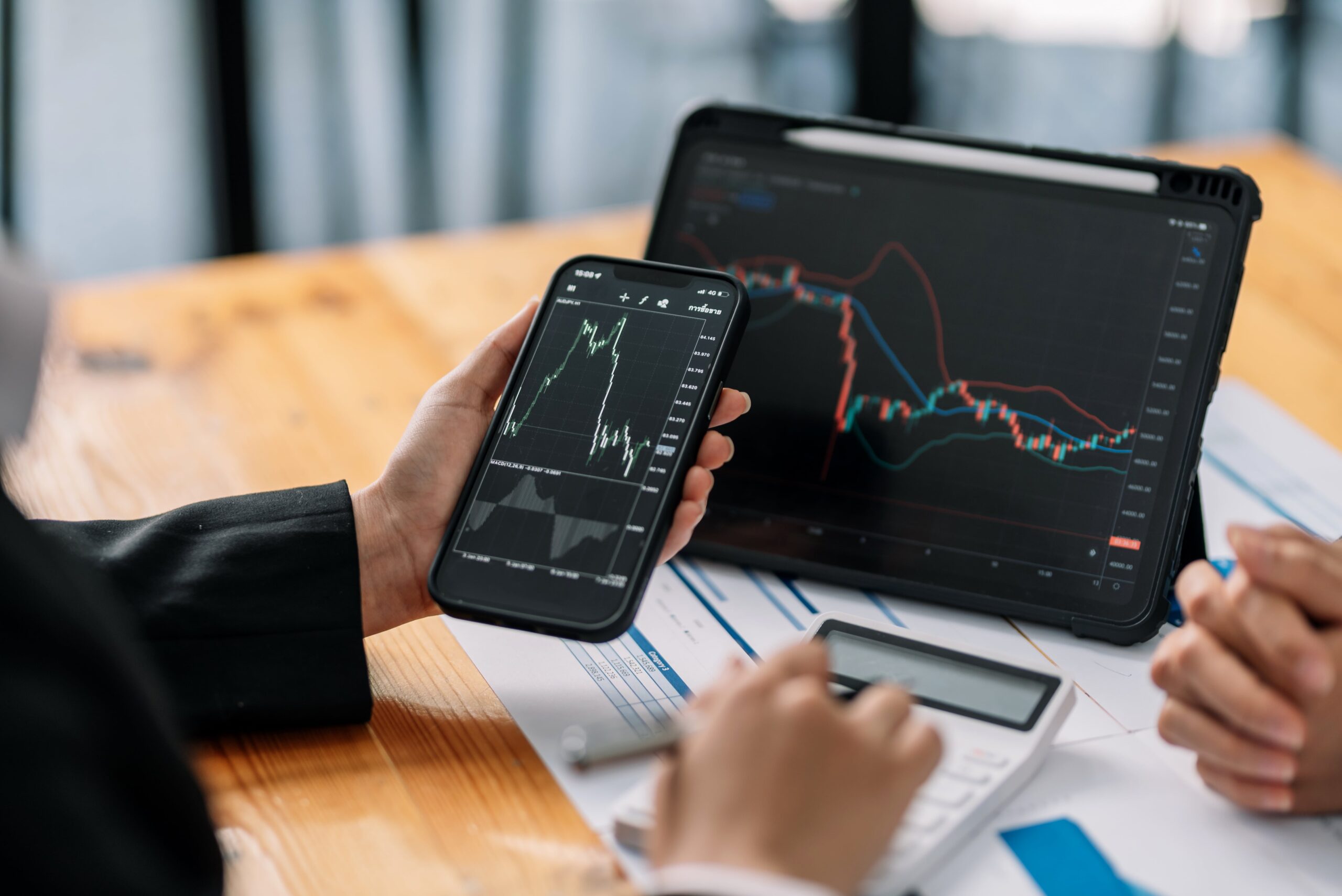Liquidity is a crucial concept in cryptocurrency trading, yet it’s often overlooked by new traders. Essentially, liquidity refers to how easily an asset can be bought or sold without affecting its price. In the fast-moving world of crypto, liquidity plays a vital role in determining the ease and cost of trades.
This article will dive into what liquidity is, why it matters in crypto trading, and how traders can leverage it to make better trading decisions.

What is Liquidity?
Liquidity measures the ability to convert an asset into cash (or another asset) quickly and without a significant impact on its market price. In crypto trading, a market is considered “liquid” if there are enough buyers and sellers to allow trades to be executed smoothly at or near the current market price.
- High Liquidity: Assets like Bitcoin and Ethereum, which have large trading volumes and active markets, are generally considered highly liquid. This means trades can happen quickly with minimal price impact.
- Low Liquidity: Smaller or niche altcoins with low trading volumes are less liquid. Buying or selling these assets can lead to substantial price changes due to fewer buyers and sellers.
In simpler terms, high liquidity means you can enter or exit positions easily without moving the market, while low liquidity can make it challenging to execute trades at the desired price.
Why Liquidity Matters in Crypto Trading
Liquidity impacts several aspects of trading, from execution speed to market stability. Here’s why it’s essential:
- Better Price Execution: High liquidity ensures that traders can buy or sell assets at prices close to the current market rate. In a liquid market, there’s a narrower spread (the difference between buy and sell prices), leading to more favorable execution.
- Lower Transaction Costs: Higher liquidity often results in tighter spreads, meaning less cost for traders. In illiquid markets, the spread widens, increasing the price traders pay to enter or exit positions. High liquidity reduces slippage, where trades are executed at prices different from the expected ones.
- Reduced Volatility: In liquid markets, large trades don’t significantly impact the price, keeping price movements stable. Low liquidity assets, on the other hand, are more susceptible to dramatic price swings, making them riskier for traders.
- Easier Exit Strategy: Liquidity also affects your ability to exit a trade quickly. In high-liquidity markets, it’s easy to close positions without affecting the price. In low-liquidity markets, selling large amounts can cause significant price drops, resulting in losses.
Understanding liquidity helps traders make informed choices about which assets to trade and what strategies to use.

How to Identify Liquidity in Crypto Markets
There are several indicators that traders can use to assess an asset’s liquidity:
- Trading Volume: One of the simplest ways to gauge liquidity is to look at the trading volume, which indicates how actively an asset is being bought and sold. High trading volumes generally mean high liquidity.
- Order Book Depth: The order book shows the buy and sell orders for a particular asset at different price levels. A deep order book with substantial buy and sell orders close to the current market price indicates strong liquidity.
- Bid-Ask Spread: The bid-ask spread is the difference between the highest price a buyer is willing to pay and the lowest price a seller is willing to accept. A narrow bid-ask spread suggests high liquidity, as there’s little difference between buying and selling prices.
Many exchanges display trading volume and bid-ask spreads directly on their platforms, making it easy for traders to assess liquidity before placing trades.
Strategies for Trading in Different Liquidity Conditions
Understanding liquidity can help traders adapt their strategies to suit various market conditions:
- Focus on High Liquidity Assets for Short-Term Trades: For day traders and scalpers who need to enter and exit positions quickly, high-liquidity assets like Bitcoin and Ethereum are ideal. The high liquidity of these assets ensures minimal slippage and allows for precise entry and exit points.
- Use Limit Orders in Low Liquidity Markets: In low-liquidity markets, using market orders can lead to high slippage. Traders can use limit orders to set a specific price, ensuring they only buy or sell at a level they’re comfortable with. Limit orders can help avoid the impact of wider spreads in illiquid markets.
- Adapt Position Sizing: In low-liquidity markets, smaller position sizes help minimize price impact when entering or exiting a trade. Larger trades can move prices significantly in illiquid assets, leading to increased volatility and potential losses.
- Plan Exit Strategies in Advance: Since exiting large positions in low-liquidity markets can be challenging, having a clear exit strategy is essential. This may involve gradually reducing the position over time instead of exiting all at once.
Risks of Trading in Low-Liquidity Markets
While trading low-liquidity assets can yield high rewards due to price volatility, it also comes with risks:
- High Price Volatility: Illiquid assets can experience extreme price swings, which can result in substantial gains or losses within a short period.
- Difficulty Exiting Positions: Low liquidity can make it challenging to sell positions, especially if the asset price falls sharply, leading to a forced sale at a significant loss.
- Increased Slippage: In markets with low liquidity, trades are more likely to suffer from slippage, where the executed price deviates from the intended price, increasing trading costs.
Conclusion
Liquidity plays a fundamental role in crypto trading, affecting everything from price stability to trade execution and costs. High liquidity markets like Bitcoin and Ethereum offer better price execution, lower transaction costs, and reduced volatility, making them ideal for short-term traders.
On the other hand, low-liquidity assets come with increased risks, but they can also provide opportunities for significant gains. By understanding liquidity and adapting strategies accordingly, traders can make more informed decisions, reduce risks, and improve their overall trading outcomes.









